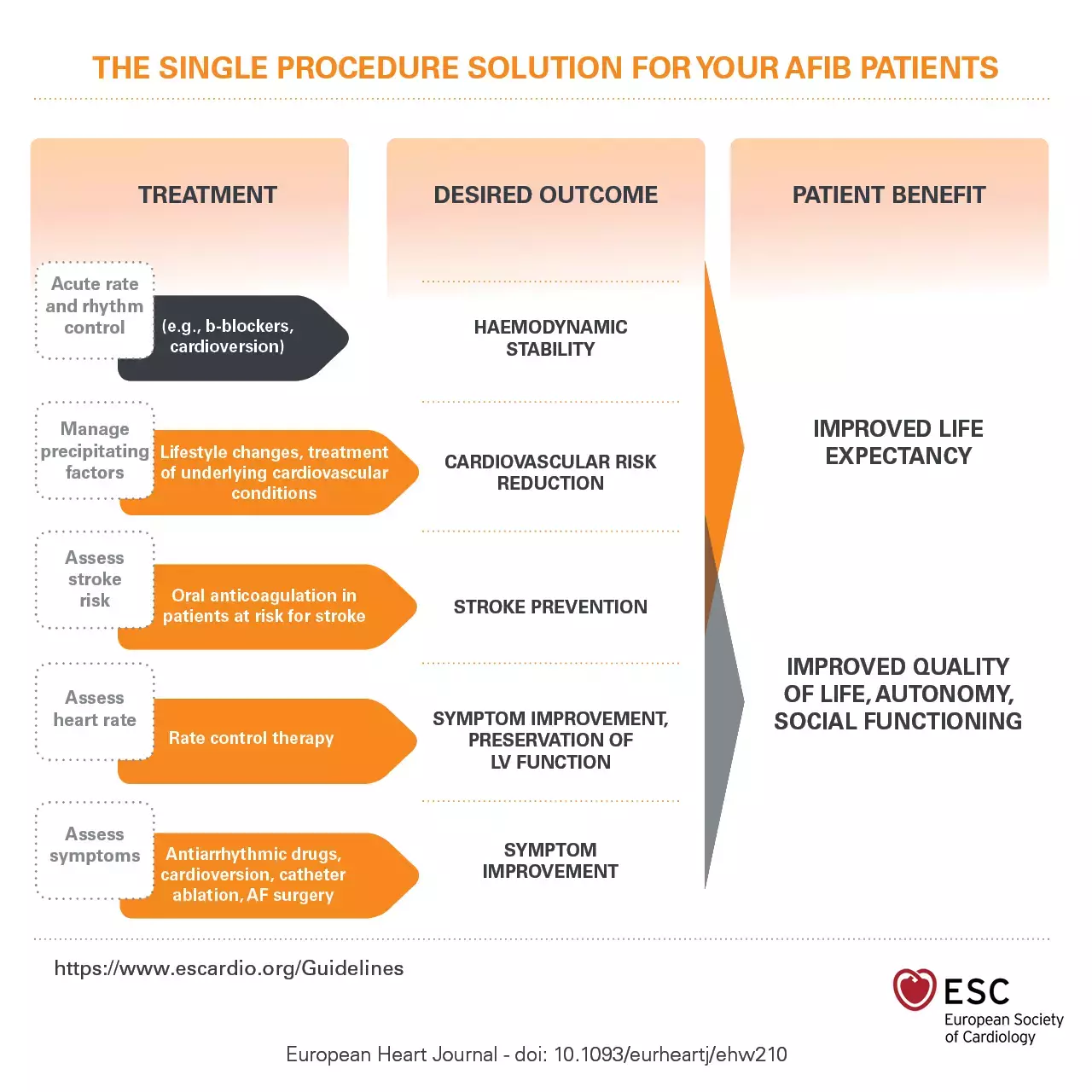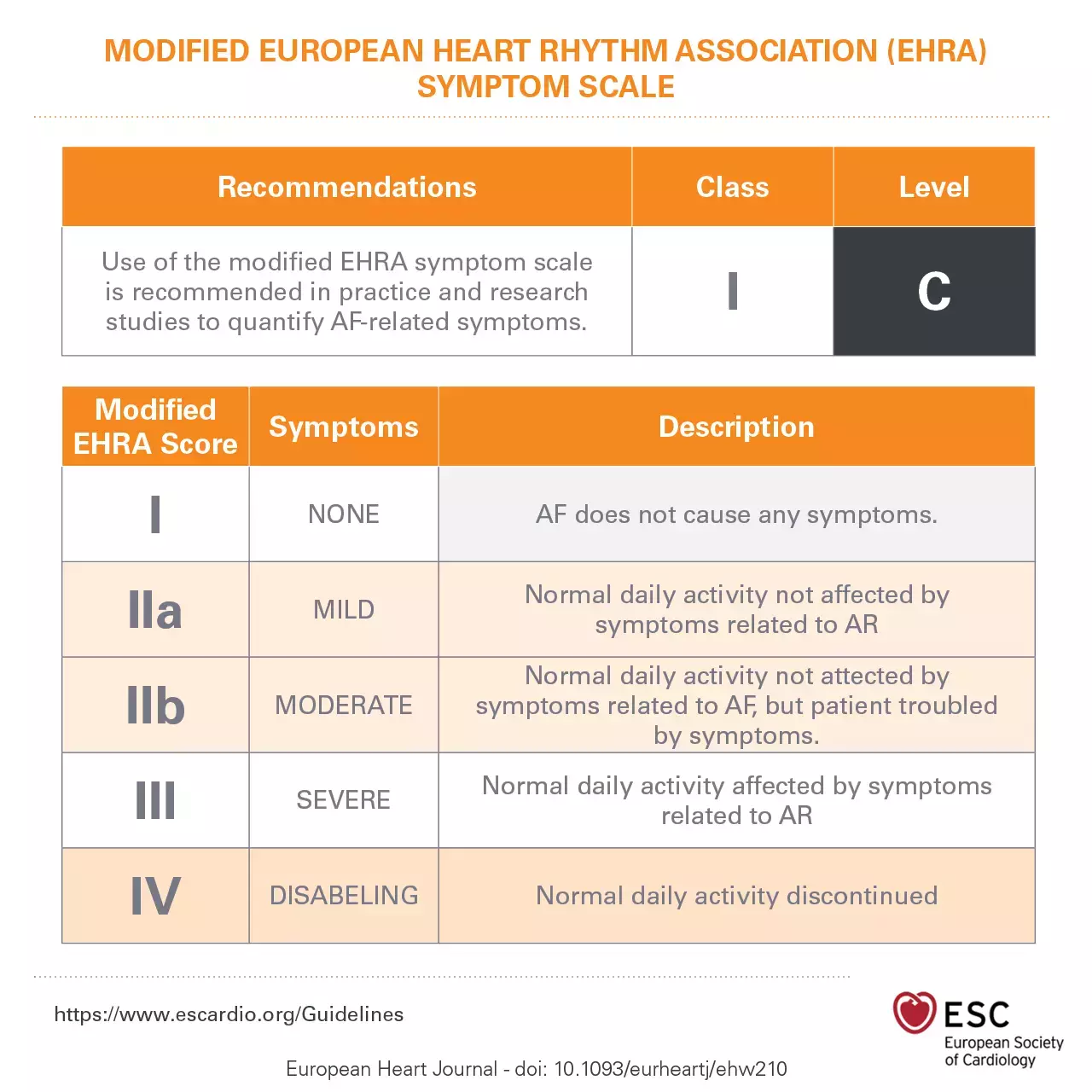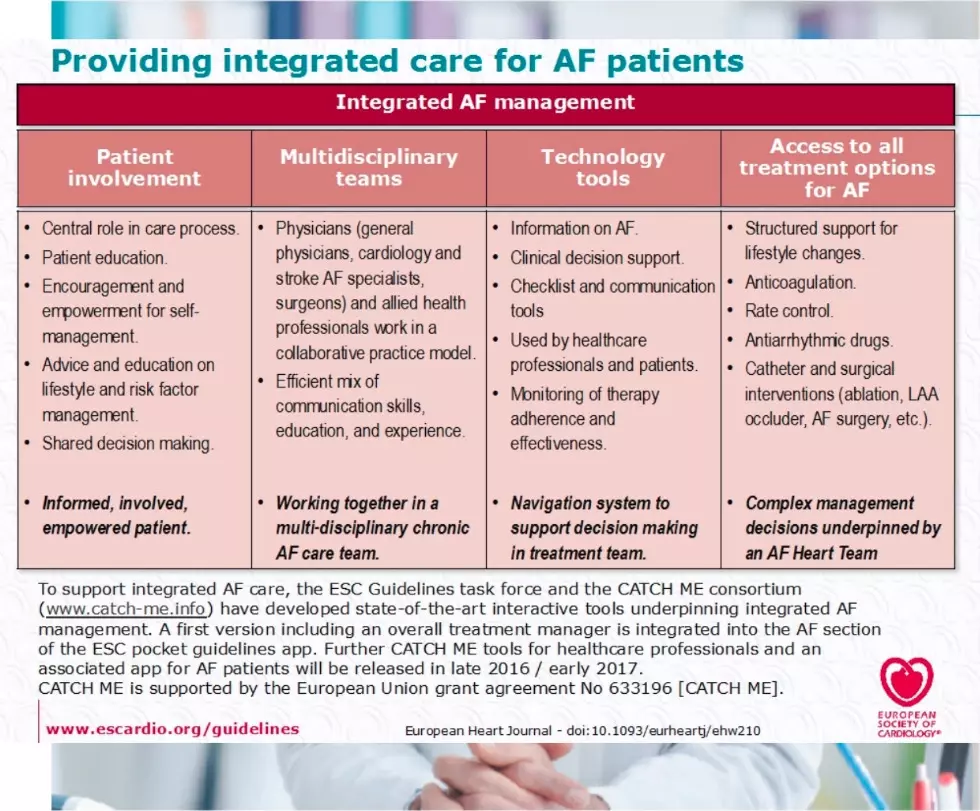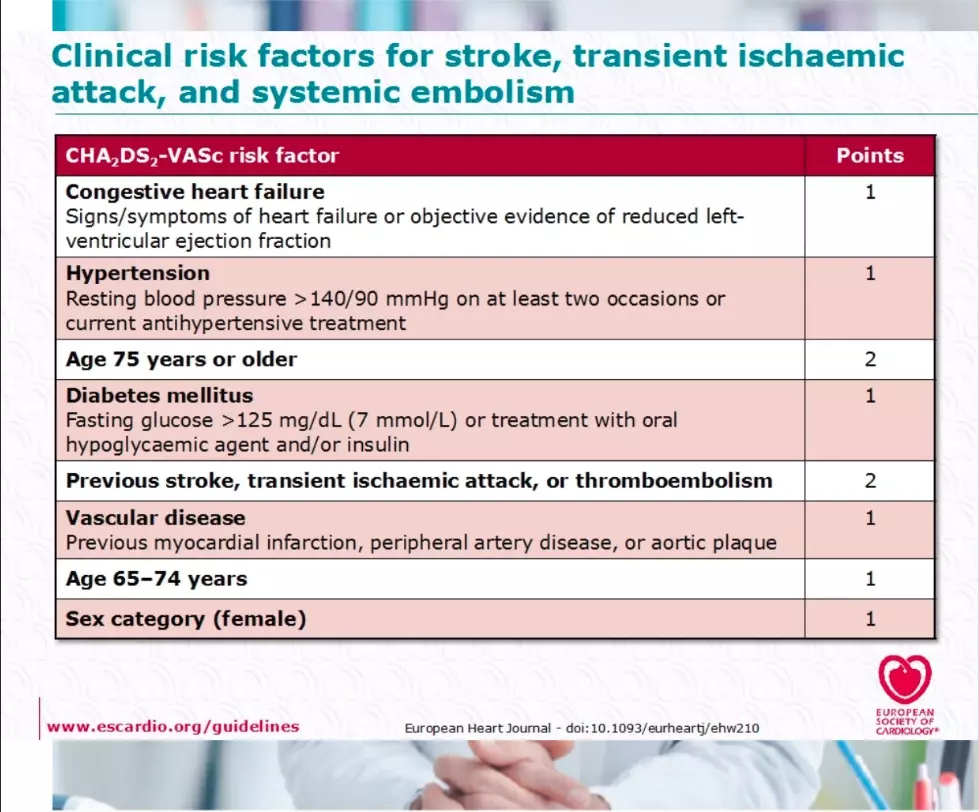You are about to leave the Get Smart about AFib website and go to an external website.
The Five Domains of Integrated AFib Management
The Five Domains of Integrated AFib Management
Atrial fibrillation (AFib) is the most common heart rhythm
disorder, with a steep
rise predicted in the number of patients in coming years. The
management of AFib should include treatment of acute AFib,
cardiovascular risk reduction and treatment of comorbidities,
stroke prevention using oral anticoagulation, heart rate control,
and in selected symptomatic patients, the use of rhythm control
therapy.
Click through to read more on the treatment options for AFib
Management.

Diagnosis & Screening
Diagnosis & Screening
The diagnosis of AFib requires an electrocardiogram (ECG)
showing irregular RR intervals and no distinct P waves for at
least 30 seconds.
ECG screening is useful in populations at risk of AFib or those at
high risk of stroke, including stroke survivors and older patients.
Looking for more information and useful tools for screening and
diagnosing Atrial Fibrillation? Click through to learn more.

Prevention & General Management
Prevention & General Management
Evaluate AFib-related symptoms using the modified European
Heart Rhythm Association (EHRA) score.
EHRA Class 2a and 2b can be differentiated by evaluating
whether patients are functionally affected by their AFib
symptoms. AFib-related symptoms are most commonly
fatigue/tiredness and exertional shortness of breath, or less
frequently palpitations and chest pain.
Refer your patients to the My Symptoms Score questionnaire
(developed in line with the 2016 ESC Guidelines) on this website
(General Public information) to evaluate their (EHRA) symptoms
score. At the end of the questionnaire, a file with all entries and
the related result can be downloaded allowing your patients to
discuss them in more detail with you during their next
appointment.

Patient involvement
Patient involvement
Providing tailored information and education to AF patients can
empower them to support the management of their condition.
Shared decision-making can ensure that care is based on the
best available evidence and fits the needs, values, and
preferences of the patient.
Refer your patients to the General Public information on this
website: they will be able to find useful information, tools,
downloadable materials and other AFib patients’ stories.

Stroke Prevention
Stroke Prevention
One in four strokes are estimated to be caused by AFib.
The CHA2DS2-VASc score is recommended for stroke risk
prevention in patients with AFib.
Calculate and discuss your patients stroke risk by using the
CHA2DS2-VASc score calculator on this website.
